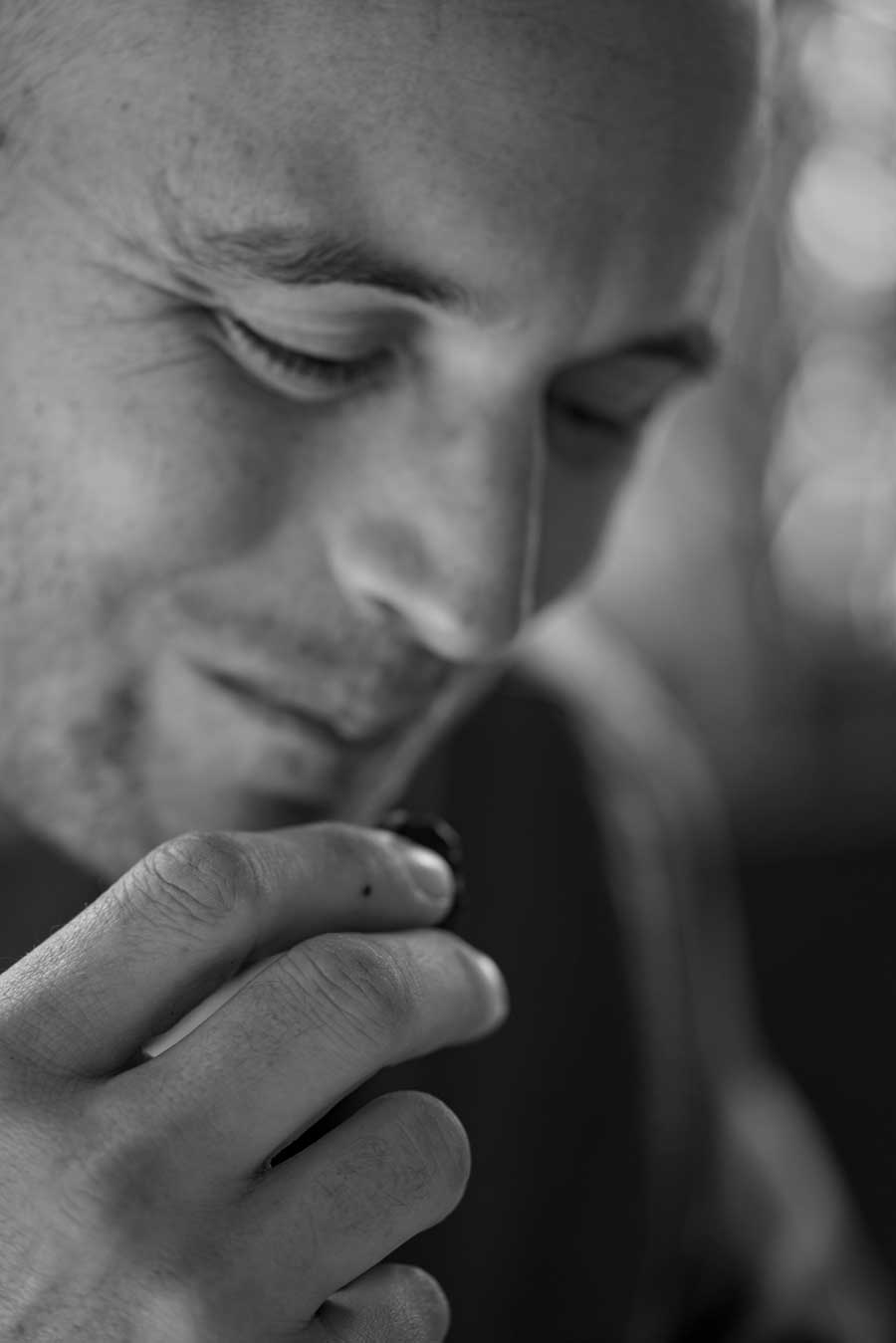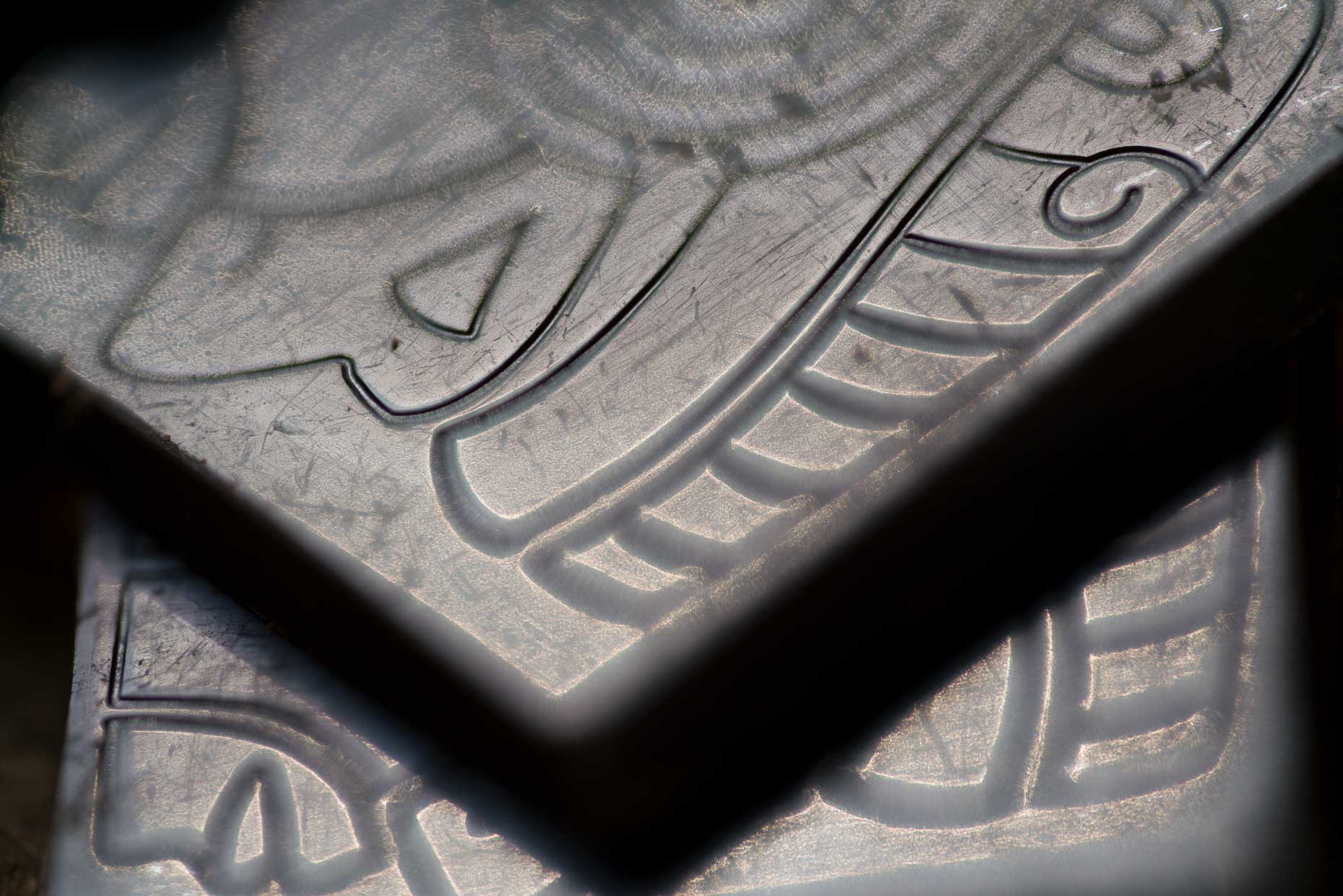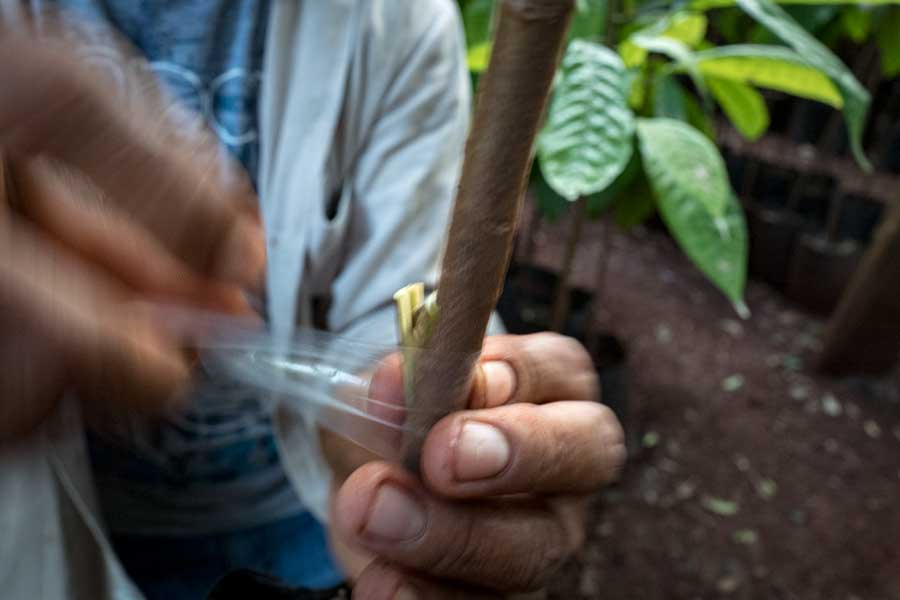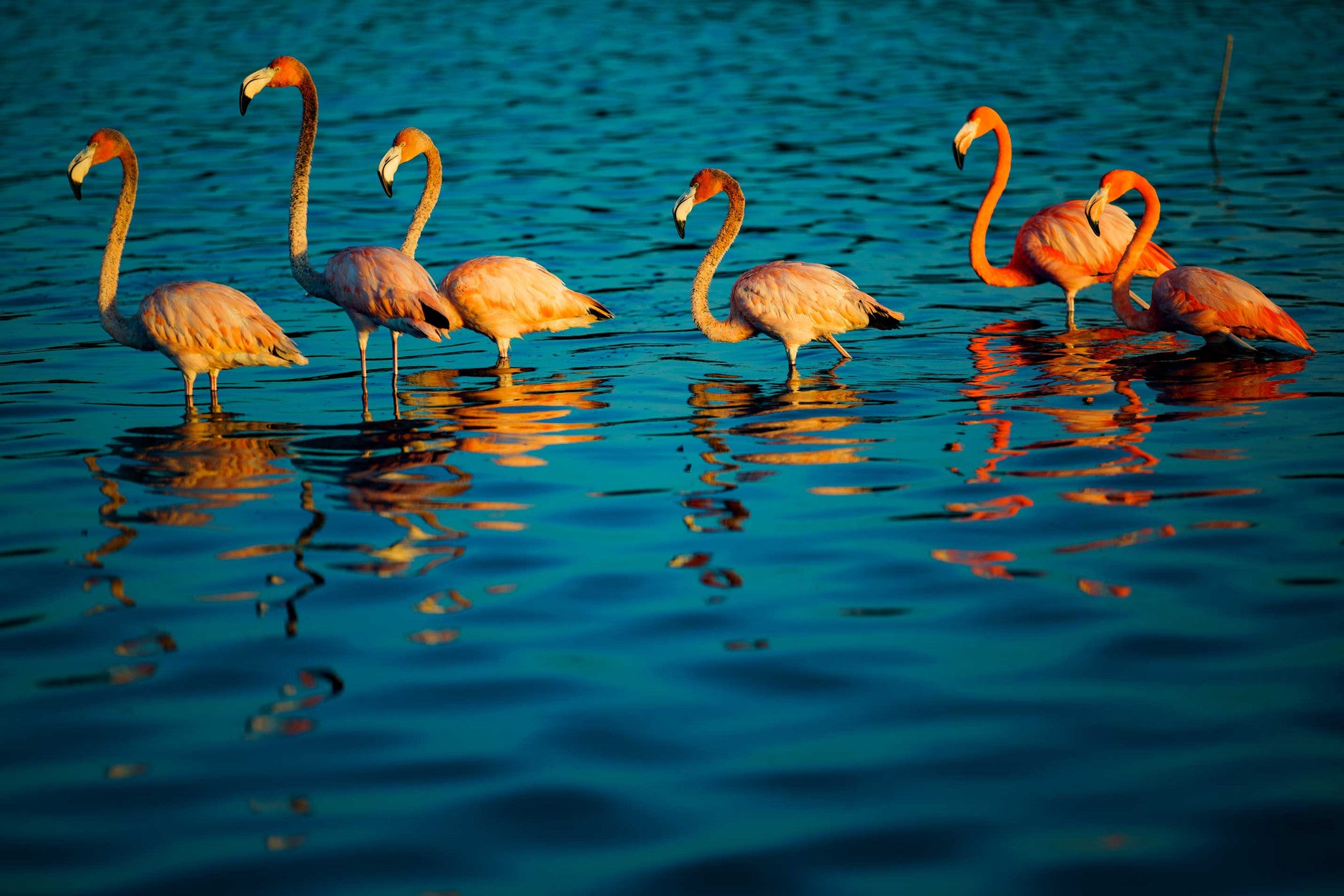HARVEST SEASON
THE NOBLE CACAO
YUCATÁN PENINSULA, MEXICO
Scroll to explore
The Story
A CONVERSATION WITH MATHIEU BREES
CHOCOLATERO IN YUCATÁN, MEXICO
Mathieu Brees is a chocolatero, or chocolate maker, living on the Peninsula de Yucatán, Mexico. Brees, originally from Belgium, fell in love with chocolate at an early age, and wanted to explore the Central American, Mayan roots of the beloved confection. He settled at the outskirts of Mérida, Mexico twelve years ago to realize his dream of owning a bean to bar cacao tree plantation and artisan chocolate foundry. The plantation that Brees operates along with his partner, Belcolade, specializes in the rare Criollo bean. Criollo is considered to be the purest and noblest form of cacao imparting rich and complex tastes to dark chocolate.
It’s a great honor
MATHIEU BREES, CHOCOLATERO
to be the first man,
since the Mayans, to farm cacao on these lands.

S+O — HOW DID YOU BECOME INTERESTED IN CHOCOLATE?
BREES — All Belgians love chocolate and, over the years, it has become a large part of our culture. I knew, from an early age, that I wanted to be a chocolate maker. When I was ten years old, I told my mother and father that I would like to be a pâtissier or chocolatier. And when I was eighteen, I started studying in Belgium to prepare for a career in chocolate making. We learned how to make bonbons, marzipan, and similar candies, but we didn’t really have much information about where the ingredients came from. And so, at the age of twenty-one, I first traveled to Venezuela to learn about the cacao tree, before I settled in Mexico where I’ve now lived for twelve years.
S+O — WHAT LED YOU TO START YOUR BUSINESS IN MEXICO?
BREES — My dream has always been to have a plantation and a chocolate factory. The history of chocolate derives directly from the Mayan culture of Central America, especially right here in Yucatán. So, when my business partner and I first started ki’Xocolatl, we saw the opportunity to make exceptional chocolate here in Mexico. We could easily find high quality, cacao beans harvested here, but the local chocolate was not great. Six years ago, I partnered with a chocolate company from Belgium called Belcolade to start the Tikul Plantation. It's a three hundred hectare Criollo cocoa plantation. As far as I know, it’s currently the largest Criollo cacao plantation in the world.


S+O — WHAT SETS CRIOLLO CACAO APART FROM THE OTHER TYPES OF CACAO?
BREES — There are three types of cacao used in chocolate making today. The Criollo, the Forastero, and a hybrid between the two called Trinitario. Criollo cacao is known as the noble varietal, and is the best quality cacao in the world. It’s very special because it is rare. I believe Criollo cacao accounts for something like five percent of the overall cacao production in the world, because it is difficult to cultivate. It is very expensive and labor intensive to produce, almost to the point where its existence could be threatened, but chocolatiers love the flavors of this particular cacao, thus it is very important to preserve it.
It is also unique because it consists of white beans while, normally, the other types of cacao consist of purple beans. Making dark chocolate with a pure, white bean is rather funny to think about…
S+O — HOW WOULD YOU DESCRIBE THE FLAVORS THAT MAKE IT SO DESIRABLE TO CHOCOLATIERS?
BREES — The aroma and flavors are very soft. It's not very bitter. It tastes like wood and flowers. I like to think of it similarly to wine. I want people who are buying my chocolate today to wait a few months to eat it. It's the same chocolate, but it tastes different over time. Perhaps one batch is harvested in 2012 or 2016. The flavors are complex. Although it isn’t consistent and can be very different, it's very good. If you have great chocolate, like the one made with real, high quality beans, it’s expensive because a lot of work is going into it. There are many inferior chocolate products available for cheaper prices that are made from more common bean varietals or, in some cases, not made with real cacao. The producer has to add a lot of sugar and other artificial components to give it the right taste. For me, this is not real chocolate. The only true chocolate is chocolate made from cacao.
I like to think
of it similarly to wine.
I want people who are buying my chocolate today to wait a few months to eat it.
S+O — HOW HAS THE PROCESS OF MAKING CHOCOLATE FROM CACAO EVOLVED OVER THE YEARS?
BREES — The chocolate making process hasn’t change a lot in the past few hundred years. I still make chocolate similar to how the Mayans would have made it. Of course, the machinery has been modernized, and it’s bigger in order to handle our production. But for bean to bar chocolate making the steps are quite similar to the ways of the past. It’s very artisanal work. What’s amazing here is that we can control every step of the chocolate fabrication, from the Criollo plantation beans, to fermentation, roasting and recipes. I believe that we are one out of five chocolate makers in the world that has control over every part of our chocolate.
S+O — THE PLANTATION HAS A VERY UNIQUE PURPOSE AND SETTING. DESCRIBE IT FOR US.
BREES — The Tikul Plantation is situated between two Mayan archeological ruins, Labná and Xlapak. I believe it is the only current Mayan cacao plantation in the world. It is believed that the last Yucatán cacao plantation existed some eight hundred years ago, perhaps because the climate has changed here over time. It’s a great honor to be the first man, since the Mayans, to farm cacao on these lands. In the plantation we have a small laboratory where we store twelve varieties of Criollo beans, originating from Peru, Ecuador and Venezuela. We have a nursery where baby trees are fortified through grafting, and cared for until they can be planted. Because our beautiful cacao tree forest is located near the ruins, we have to do all of the land clearing, planting and harvesting by hand. It’s impossible to use machinery here.

S+O — WHICH WORK DO YOU ENJOY MORE, CULTIVATING IN THE PLANTATION OR MAKING CHOCOLATE IN THE FACTORY?
BREES — That’s a very good question. I’m definitely a worker. I like to touch things, so when I put my hand in the soil of the plantation, I feel happy. When, I put my hands in the chocolate, I feel very happy. Agriculture has really become my way of life though. I really love being surrounded by nature, and how quiet it is here. But for me the whole process, from bean to bar, is important. There are a lot of people who can buy beans and make chocolate, but not everyone can have the pleasure of seeing the pods grow out of the ground at the plantation.
S+O — HOW IS THE LOCAL COMMUNITY INVOLVED WITH THE PLANTATION AND FACTORY?
BREES — We employ around twenty-five workers in the planation alone, plus the factory and the chocolate museum that we also run with our partners at Belcolade. Some of these workers have returned from working jobs in the United States. It’s wonderful to be able to give them an opportunity to work closer to home and be with their families. We strive to take care of our employees, but also offer opportunities to their wives, and support for their families. I now know that this is my life purpose. I have helped to build a good business, but now we need to be in a position to help the Mayan people of the Yucatán more effectively.
S+O — WHAT DO THE LOCAL MAYANS THINK ABOUT THE CHOCOLATE THAT YOU ARE MAKING TOGETHER ON THEIR ANCESTRAL LANDS?
BREES — I believe that the local Mayans are proud. It’s their history, but it had been nearly lost. For some, it is the first time they are eating real chocolate. And when they make the chocolate, they say, “Wow, it’s so good.”. They share the honor of being their chocolate too. They take care of the baby trees in the nursery. They are involved in the harvest. They carry out the fermentation and the final product. So, they can say, “Wow. This is my chocolate.”. We are proud of each other, and we are in paradise.



Credits
Photography by Brian Sokol
Film by Alexander Hankoff
The Objects
Exclusive Edition 005 Mayan Cacao Bar
Criollo Cacao is the rarest form of cacao, consisting of only five percent of the total cacao production in the world. Like wine, the taste of Criollo varies slightly each season depending on the terroir and harvest conditions. Its complex, yet subtle flavors are preferred by leading chocolate makers, and reserved for the finest quality confections. The Mayan Cacao Bar was crafted from eighty-five percent Criollo Cacao exclusively for Stories + Objects by master chocolatero Mathieu Brees in a numbered edition of three hundred bars.
The Destination
YUCATÁN PENINSULA, MEXICO
The Peninsula de Yucatán of Mexico is known mostly for the white sands and turquoise waters of the Riviera Maya, and the archeological marvels of the Ancient Mayan world. A different experience awaits those who venture further out into the lush jungles and colorful towns to discover the culturally rich, authentic lifestyle of the Yucatecans. The Peninsula boasts beautiful and diverse landscapes of flora and fauna, from the gulf shores to the seaside with dense tropical forests and mystical cenotes, watering holes, in between. An ideal climate paired with a delectable local cuisine, and the melding beauty of colonial and indigenous stone architecture, ensures that it remains a quintessential escape for the global aesthetes and sophisticates that tend to linger, return, and for some, remain permanently in idyllic Yucatán.



